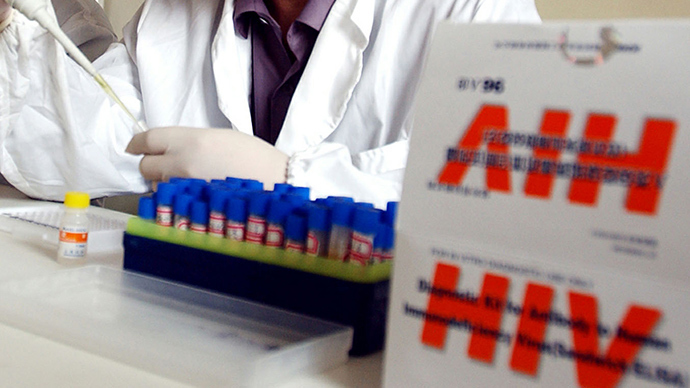Saab in hot water over donation to HIV ‘radio-wave cure’ program

Saab has found itself in the spotlight after it was revealed to have made a $9.7 million donation to South African medical firm Hivex. The firm claimed it was able to cure HIV with radio waves - but its failed experiment may have actually cost lives.
Swedish broadcaster SVT claims Saab donated the 70 million kronor
to Hivex back in 2003 as part of a deal with the South African
government, which had agreed to buy Jas Gripen jet fighters off
the Swedes.
Hivex was researching a controversial treatment for HIV, which
aimed to cure South Africans suffering from the virus by using
radio waves. All the patients had to do was visit “radio wave
rooms.”
SVT says the treatment may have cost people their lives, as some
of the patients stopped taking their usual medication.
Hivex eventually stopped its research into the technique two
years ago, after experts said the radio waves were having no
effect on patients.
However, the HIV-positive patients interviewed by SVT claim they
are completely cured and do not need to go forward with medical
treatment.
“I was so very, very happy. The machine took away the
disease. Now I feel good,” Terrance Sibande, 11, told the
channel. His relatives also believe he is healthy, though cannot
explain his constant cough.
“I'm not afraid, even though I do not take anything,”
another HIV-positive patient, Betty Katambani, said in the
program.
Meanwhile, a press officer for Saab, Sebastain Carlsson, declared
told The Local that SVT's report contained nothing new.
“In a press conference in April 2003, a scientist said very
clearly that this method was not a cure for HIV,” said
Carlsson.
He said that South African law back then required Saab and its
British partner at the time – BAE Systems – to invest in
high-risk endeavors. At the time, South Africa was only just over
a decade out of Apartheid and struggling to create enough
employment.
“We will never be ashamed of the fact that we were actively
funding research. It was something the customer wanted us to do,
it was our mission,” said Carlsson.
“This was a country needing risk capital for research and
development into HIV. It was an industrial cooperation and many
other countries were involved in similar deal,” he added.
In any case, a press release dated April 3, 2003 said the funds
received by Hivex actually originated from BAE Systems – not
Saab.
Carlsson dismissed claims that Saab was to blame for lives being
lost in South Africa and instead pointed to the fact that Grintek
Defense, a South African subsidiary of Saab, was named export
company of the year for two years in a row. He added that a
number of “really successful” companies have been funded
by Saab's investments in South Africa.
Around 6.1 million people – 18 percent of the country's adult
population – are thought to be living with HIV in South Africa.












